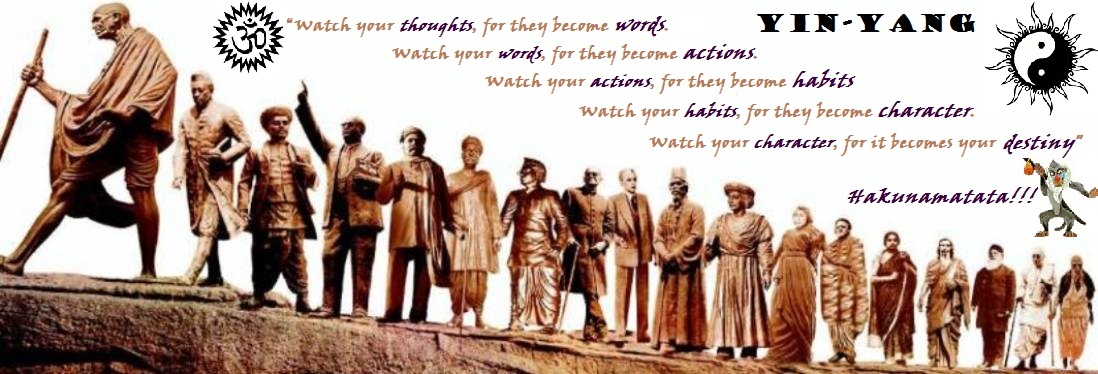There have been many news stories detailing the bond between dogs and humans, and tales of dog heroics enter the public consciousness, capture our imaginations, and fuel our assertions that a dog's loyalty is unwavering. No mere animals these, but trustworthy companions who well deserve our praise and pampering.
Deep in a forest in Kenya in 2005, a baby was abandoned by her mother and left to die. A stray dog, herself a new mother, heard the baby's cries and dragged her to her own litter, caring for her, nursing her, and treating her like one of her own pups. Eventually the baby was discovered, the dog still watching over her, and was taken to a hospital and is now growing up a healthy baby girl.
This begs the question, "Just how deep is the tie between humans and dogs? Did the dog know instinctively how to care for a human baby, even though she was a stray and may have had little human contact?
On the infamous 9/11, blind computer technician Omar Eduardo Rivera was at his desk on the 71st floor of the World Trade Center north tower, his guide dog "Dorado" lying under the desk. Then the plane struck. It seemed impossible to get down the stairs, so Rivera unleashed "Dorado" so he could escape to freedom. The dog refused to go, but soon was swept up in the tide of people and disappeared down the stairwell. As people pushed him, knocked him aside, and spun him around in their panic, Rivera was constantly becoming disoriented. Several minutes later, he felt the familiar lick on his left hand. Dorado had returned - fighting against the massive exodus - and spent the next hour guiding Rivera to safety. A very short time later the building collapsed.
One autumn day in late October, 2006, Michael Bosch and his dog "Honey" were just heading out from their isolated 70 acre property, with the nearest neighbor ¼ of a mile away. Bosch was recovering from a heart attack only 2 months before. Suddenly, blinded by the sun, Bosch drove his SUV into a ravine, rolled over 5 times and dropped 50 feet, landing upside down. Bosch hung upside down for 8 hours, pinned by a tree that had come through the roof. Realizing that "Honey" - only 5 months old at the time - was his only chance for escape, he managed to get her out through a gaping hole in the windshield, urging her to get help. "Honey" made her way through the thick brambles of the forest, finally arriving at a neighbors door. In a scene right out of Lassie, "Honey" led the neighbor to the accident site and Bosch was saved. Bosch, remarkably, had saved "Honey" from a shelter just two weeks before the accident.
Friends Who Play Together...
 When a woman says "I'll be ready in 5 minutes" and when a man says "Let me call you back in 5 minutes", both essentially have the same time frame in mind.
When a woman says "I'll be ready in 5 minutes" and when a man says "Let me call you back in 5 minutes", both essentially have the same time frame in mind.




